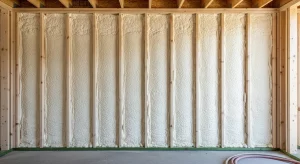
What Is the Typical Payback Period for a Spray Foam Insulation Investment?
The typical payback period for a spray foam insulation investment ranges from three to seven years. Homeowners often see the full return on their costs

The typical payback period for a spray foam insulation investment ranges from three to seven years. Homeowners often see the full return on their costs
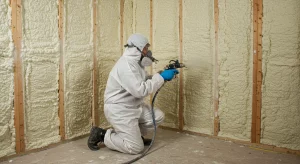
Uneven heating and cooling in homes often stem from poor insulation that lets conditioned air escape or enter unchecked. A professional insulation upgrade seals these
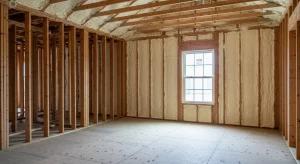
Drafts in older homes often stem from gaps around windows, doors, and attics that let cold air seep in during Minnesota winters. The simplest approach
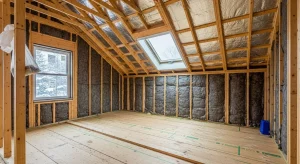
Cold floors in homes often stem from a lack of proper insulation, particularly in regions with harsh winters like Sioux Falls, South Dakota. Heat escapes
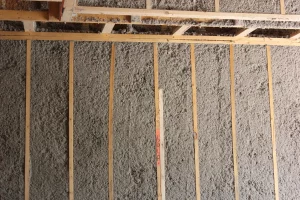
Introduction Imagine facing sky-high energy bills every month, feeling drafts in your home during winter, or watching your cooling system struggle in the summer heat.
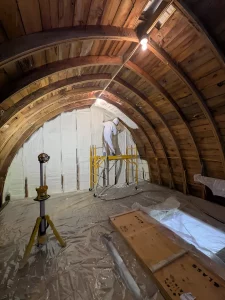
Imagine stepping into your home on a freezing winter day, only to feel a draft sneaking through the walls, driving up your heating bills and
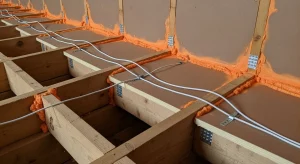
Air leaks in older Sioux Falls homes are typically found around rim joists, attic hatches, baseboards, and utility cutouts. The most effective way to stop
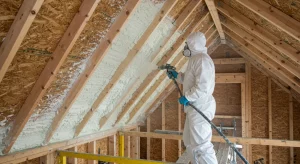
Spray foam insulation offers long-term thermal control, moisture resistance, and air sealing in one product. For homes in Sioux Falls, where seasonal temperature shifts are
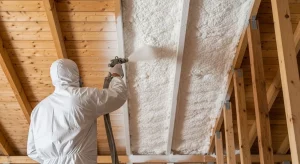
High temperatures and humidity during summer in Storm Lake can stress underperforming insulation. If indoor temperatures are inconsistent, cooling systems run constantly, or utility bills
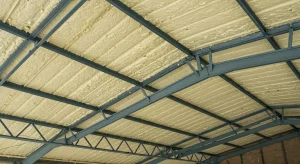
Spray foam insulation offers high thermal resistance, air sealing, and long-term durability, making it an effective choice in North Mankato, MN. Given the region’s cold